
- May 14 2024
5 Ways Tech is Saving the World, that you might not know about...
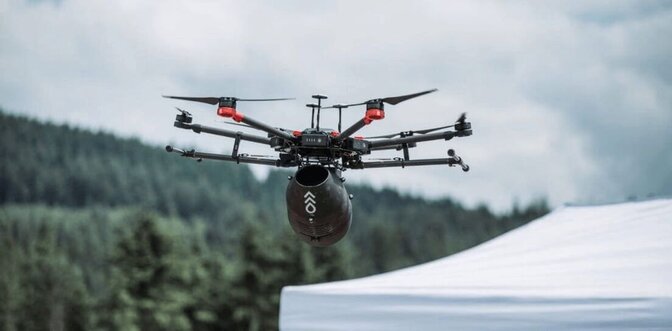
In honour of Earth Day last month, we’ve put together this list of 5 incredible ways that tech is saving the world, that you might not know about. From robotic jellyfish, to seed-firing drones, you’re in for a wacky but wonderful ride. So, let’s get straight into it.
Teaching CPR through Snapchat filters
Ok, so maybe not related to saving the Earth per se, but the amazing impacts of this filter cannot be ignored. To celebrate World Restart a Heart Day in late 2022, Snapchat paired up with the international Federation of the Red Cross and Red Crescent, and social technology company GoSpooky, to create a lens Snapchatters could use to teach, quiz, and learn CPR (Cardiopulmonary Resuscitation).
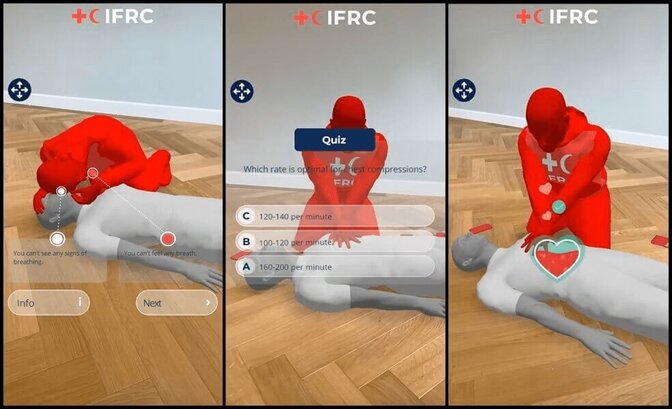
Credit: Snapchat Newsroom, Snap Inc.
According to the British Heart Foundation, only 51% of UK adults say that they could perform CPR on a loved one if they had a sudden cardiac arrest (Komor, 2023). This stat is terrifying, especially when data shows that 80% of out-of-hospital cardiac arrest happen at home (Komor, 2023). So what about you? Do you know CPR? Or do your family members, kids, siblings, know? What if there was a way of reaching over 347 million people globally, who are already using the app, and you could teach them all? That’s exactly what Snapchat is doing.
By teaching users how to perform CPR, Snapchat’s lens is saving thousands of lives in the UK alone. Now that really is life-saving tech.
Finding Nemo... with robots
Ok, moving onto saving the oceans now.
With the WWF reporting that over half of all marine life has been wiped out in the past 40 years (WWF, 2015), and that percentage likely growing, climate change, poaching, and plastic waste are destroying our ocean life, so what are we doing about it?
Introducing the Mantadroid from researchers at the National University of Singapore. The Mantadroid is a robotic Manta Ray that not only mimics the speed, movements and efficiency of Manta Rays, but can also capture locations, images and data on the creatures.
This means a whole new era of surveillance - one free from invasive spying, replaced with more data, better understanding, all whilst the Rays can continue about their business. That sounds like a win to me.
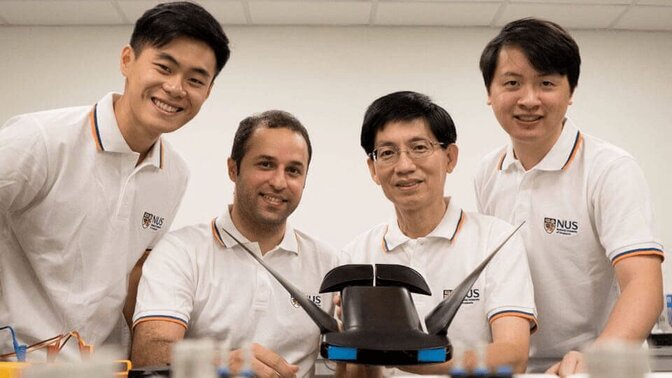
Credit: the research team from the National University of Singapore and their Mantadroid, National University of Singapore News, 2017.
This will also help conservation efforts, and tracking poachers - the Mantadroid can travel with the unaffected Manta Rays, and send key data and information back to us. That means goodbye to poachers, as the authorities can monitor, track and stop them in real time.
All in all, the Mantadroid is leading the way to happier Manta Rays and happier conservationists. Plus, this technology can be applied to other species also, saving more and more species from extinction. Another way technology is saving the world, box ticked.
Jellyfish with a slightly harder exterior
Sticking with the robotic oceans theme, we’re moving onto how researchers from the Universities of Edinburgh and Southampton have created their own robot sea creatures, this time mimicking the actions of squids and jellyfish.
The robot mimics the exact swimming behaviour and patterns of squids, octopi, and common jellyfish - the most efficient swimmers in the world. This means that the robot can travel to new depths, get into spaces traditional robots can’t, and won’t be as detectable as regular aquatic robots to other sea life.
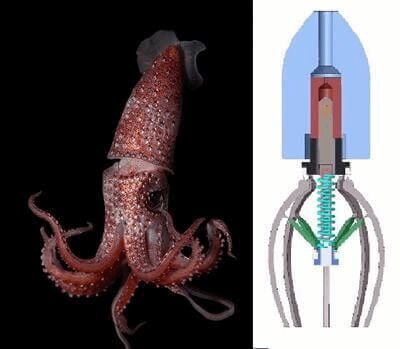
Credit: Squid image credit - Paul Caiger, robot squid image credit: University of Southampton
The robotic jellyfish’s aim is slightly different to the Mantadroid’s, as it’ll be used to monitor the health of coral reefs, and perform tasks that we (humans) can’t do safely - swim between corals, monitor deeper reefs. Again, this would be much less stressful and damaging to the coral and the creatures living within. Plus, it’ll give us a much better understanding of the reef, its health, and how humans are affecting it. This means we’ll have much better knowledge to help sea life. Yet another way tech is saving the world, and come on - did you really know about the robot jellyfish? That’s another fact in your pocket.
Seed-firing drones. (Yes I am being serious. And yes it's amazing).
Moving away from robotic sea creatures now and onto drones that fire seeds directly into the ground. Essentially, tattooing the Earth with trees.
According to Flash Forest, the team behind the pioneering reforestation technology, Earth loses about 26 million hectares of trees every year, with wildfires being responsible for over 30% of that. Flash Forest is on a mission to change that.
They have designed a brand new process for reforesting areas affected by wildfires. Their method: they’ve cultivated seed pods, which contain a tree seed, growth nutrients (water retention additives, helpful bacteria and fungi, minerals), and a healthy growth medium conditioner; they mass produce these seed pods, creating over 200,000 per day; and the seed pods are then taken to necessary areas where they are shot into the ground via drones.
Plus, the drones work faster than 10 people planting the trees, and 1 drone pilot can fly 10 drones at once. That’s a LOT of trees being planted at once. And that’s why they’re on our list.
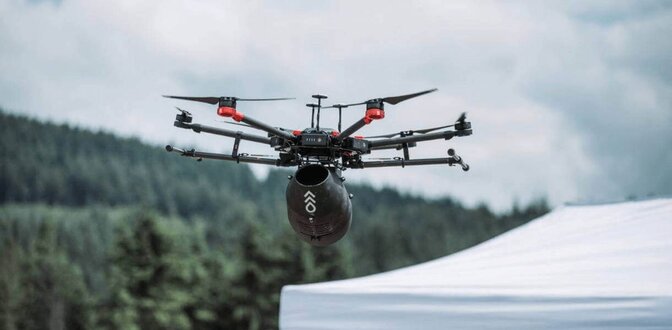
Credit: The Index Project, 2021
Solar Windows
Ok, so disclaimer: Solar Windows aren’t fully functional currently, but they’re being developed by researchers at the University of Michigan, and funded by the US government. So, they’re on their way, and definitely deserve a spot on our list.
One of the main causes of climate change and pollution are the damaging energy sources we’re using across the globe. And although there are lots of greener energy solutions, they’re often incredibly expensive, bulky, or just not accessible to the majority of us. Enter Solar Windows.
Solar Windows are simply an alternative to glass window panes, but they absorb solar energy and turn that into electricity to power your home. Simple.
Green energy from your home? Yes please. Think about if everyone had Solar Windows? Goodbye harmful nuclear plants, hello Earth saving windows.

Photo by Jacques Bopp on Unsplash
And that’s 5 ways tech is saving the world.
Ready to launch your tech career? Why don't you check out our Web Development Mastery course?
Go from complete beginner to industry-ready Junior Developer in as little as 28 weeks. Become a Developer and create world-saving tech just like this!
Study around your life with our self-led course. Why don't you have a go?